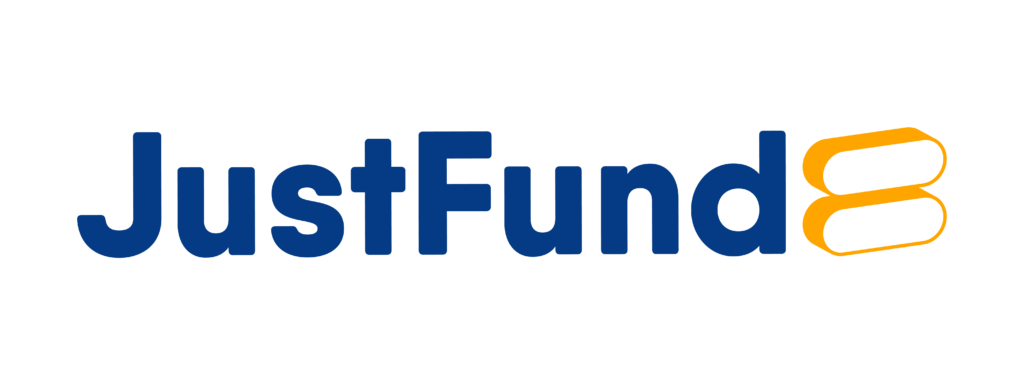What is Coercive Control?

Key takeaways
We’ve all heard about coercive control in the news, but it can be challenging to understand. After all, don’t we all like to keep track of our household members or know what our family spends money on? When do everyday caregiving habits become coercive control?
What is Coercive Control?
Coercive control, a form of domestic abuse, is when a partner, spouse or someone else continually isolates, hurts, or scares another person to control them.
Occasional disagreements are normal in any relationship, whether a social, cultural, or faith-based community relationship, a carer or support worker, an extended family relationship, or a more intimate polyamorous or LGBTIQA+ relationship. Though coercive control is more common among men, anyone can find themselves doing it, and anyone can be on the receiving end.
How Do I Recognise Coercive Control?
Though most people know what coercive control is, you may be surprised at some of the signs. Some signs of coercive control seem like normal behaviours when they first start. However, the persistence or severity of what a partner is doing makes the behaviour coercive control.
Controlling Your Finances
Though financial abuse is also a distinct form of abuse, in coercive control, limiting your access to money restricts your ability to leave the relationship. Controlling your finances in coercive control might look like limiting your access to bank accounts, putting you on a strict budget barely covering essentials like clothes or food, not allowing you to have a credit card, hiding financial resources from you, and excessively monitoring your spending.
Financial problems can also be why people put off getting divorced or separated or avoid it altogether. But coercive control will only continue to escalate and threaten you more. So, limited finances should never be a reason for you not to divorce or to rush into an inequitable divorce deal. If you need to fund the cost of legal fees, you can apply for a line of credit with us and repay it when you reach your final settlement. You don’t need to worry about having available cash. You also don’t need your name on the bank account to be eligible for funding as long as you have a shared property asset as part of your relationship.
Importantly, it is now illegal to practice coercive control in Queensland and New South Wales, and this is enforced by the family courts.
Isolation and Limiting Your Freedom
Another big part of coercive control is isolation. Your partner might restrict your access to friends and family, so you can’t get support. They may take your phone, restrict your access to transport, want to know your every move when you go out, and even change your passwords or prevent you from going to work or school.
Gaslighting or Changing the Narrative
Gaslighting is a psychological term that is talked about a lot these days. In coercive control, gaslighting is where your partner makes you doubt your own experience and truth about things that have happened and things they have done. They may insist they are always right as they instil their narrative of the situation, making you doubt your own sanity. Your partner will lie and manipulate the truth even when there is evidence against what they say.
Controlling Your Health and Body
Though at first, it may seem like your partner cares about you, excessive control and monitoring of what you eat, how much exercise you get, your sleep, and the medications you take is considered coercive control. In coercive control, your partner may even restrict where you can go for medical help, perhaps due to them physically abusing you, or monitor how much time you spend in the bathroom.
Making Accusations About Family and Friends
In the same vein as isolating you and limiting your freedom, a partner engaging in coercive control may also make damaging accusations about what you do with your family and friends in person or online. These false or exaggerated accusations may be why your partner restricts or monitors your phone. Eventually, in coercive control, your partner will want to phase out all your contact with the external world except them.
Threatening Children or Pets

Eventually, when a partner engaging in coercive control feels that other physical, emotional, or financial threats aren’t getting the reaction they want, your partner might start to make threats against other people, like your children, pets, or other beloved members of your household or family.
When your children are under threat, this is where JustFund can help you. If you’re looking into divorce or separation and need to consider your children’s needs, a loan from JustFund can give you the financial freedom necessary to access professional legal advice and negotiate the best deal for your children.
Uneven Domestic Duties
Another aspect of coercive control is a partner convincing you to take on the majority of the domestic duties, cleaning, cooking and childcare, with no sharing of the responsibilities between you both. Your partner may even try to turn your children against you by making critical comments or belittling you in front of your children. Your partner may tell your children you’re a bad parent. As with other aspects of coercive control, these tactics can be very subtle, slowly feeding your children a negative narrative.
Support with Coercive Control
If you are affected by coercive control or you want to change your behaviour, there are plenty of resources to help you change your life.
- See The Signs is one campaign that aims to educate people on the signs of coercive control that people might not otherwise spot.
- The Australian Government Attorney-General’s Department has also developed the National Principles to Address Coercive Control.
- Then there’s No To Violence, with both help for partners who want to change their behaviour and support for people who are experiencing violence.
- The Women’s Domestic Violence Court Assistance Service (WDVCAS) can also support you as you seek help.
Intervention orders
If you need protection from harm, even beyond coercive control, the police or the Magistrates Court will order an Intervention Order. An Intervention Order aims to stop abusive behaviours from occurring. This includes coercive control, financial abuse, verbal abuse, physical abuse, technology-facilitated abuse and sexual abuse.
An intervention order is not required to be granted if there are criminal charges; instead, intervention orders are given when it is shown that a person is at risk of harm.
It’s important to get the right legal advice in coercive control. That’s why we have developed a flexible funding solution so you can get the option that best suits your situation. Contact us by email at enquiries@justfund.com.au, phone 1300644980, or use our contact form.


